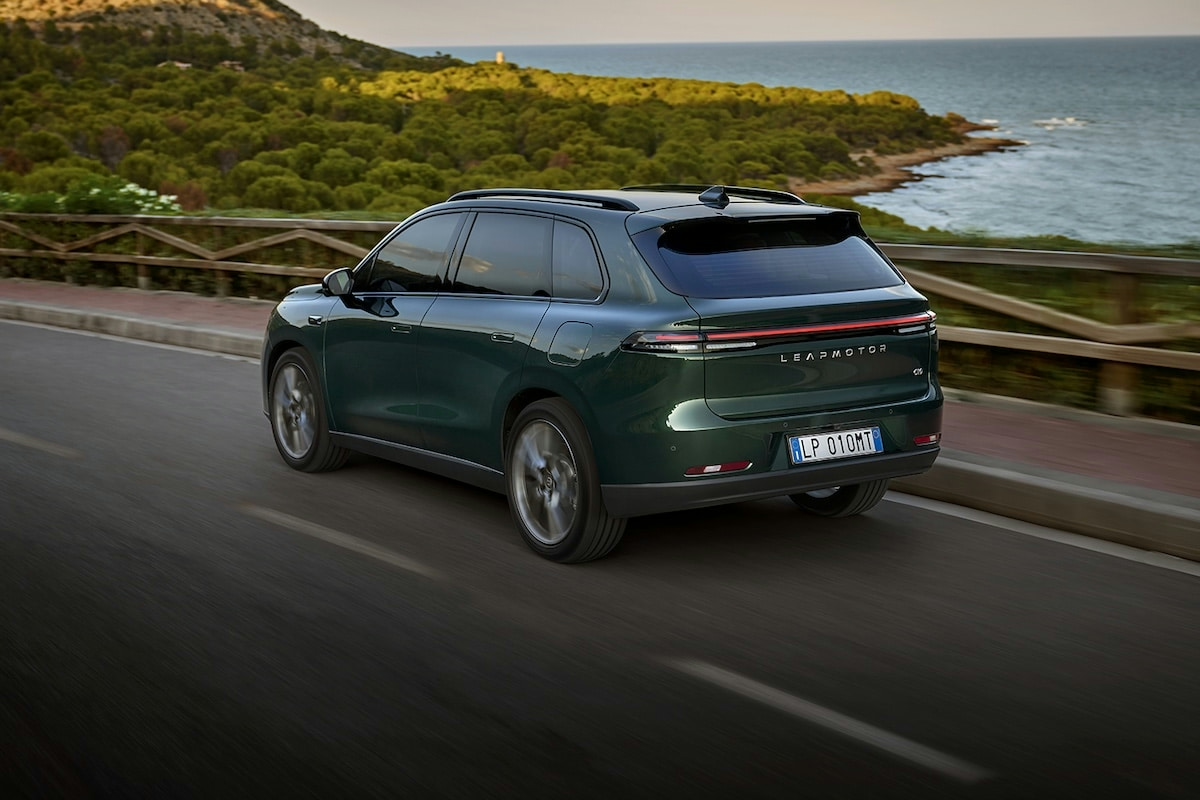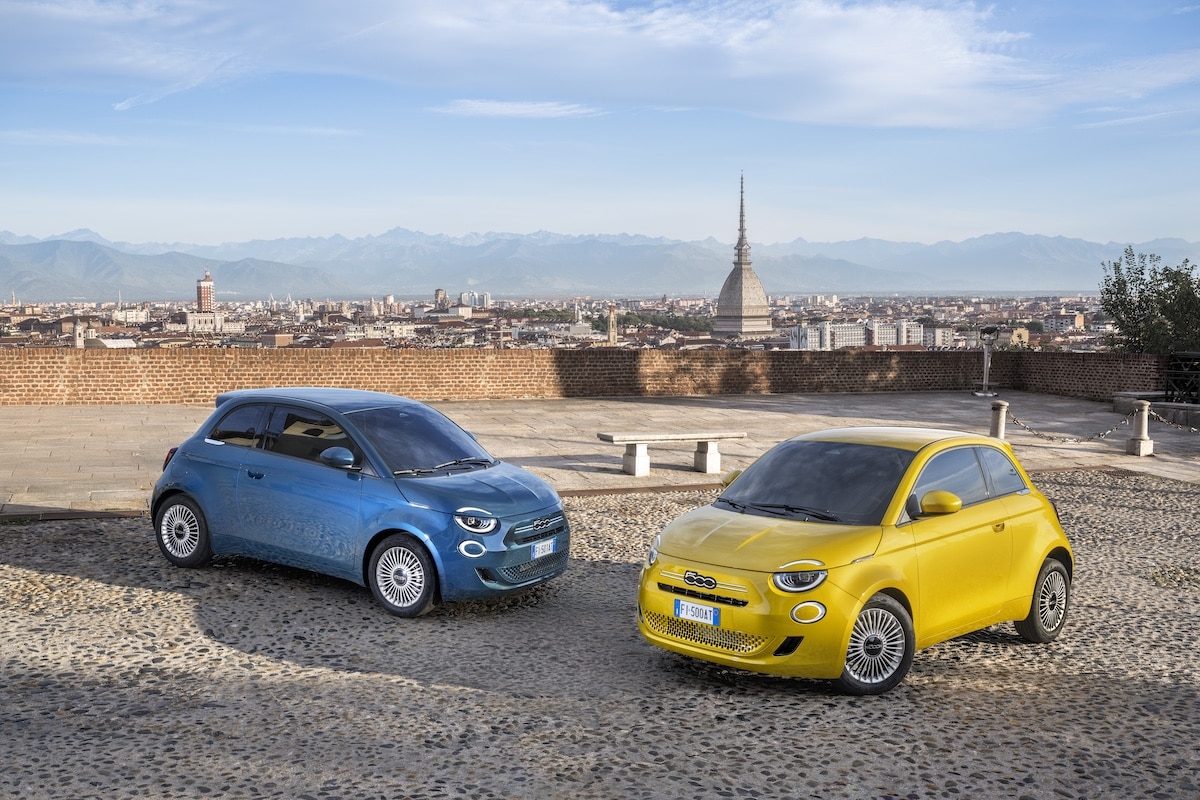Despite 970 km of range, the Leapmotor C10 REEV needs to prove itself

Leapmotor invites European consumers to discover the extended-range technology with the C10 REEV.
The Leapmotor C10 REEV stands out with an announced range of 970 kilometers, combining a promising electric experience with a reduced environmental impact. Available in Europe for €37,400, this model aims to blend the best of both worlds: electric efficiency and the practicality of combustion engines. However, the extended-range technology raises questions.
This system relies on an onboard generator to recharge the battery while driving. While the idea seems unusual but reassuring on paper, it challenges some logic in terms of efficiency and environmental coherence. Unlike a plug-in hybrid, which allows the driver to switch clearly between all-electric and thermal modes based on needs, the REEV does not clearly separate these uses. The constant presence of a thermal engine to generate electricity can appear as a complex compromise, or even unnecessarily redundant.
Leapmotor’s promises put to the test on the road
Technically, the C10 REEV aims to be innovative. According to the Chinese manufacturer now affiliated with the Stellantis Group, its generator achieves an efficiency of 96.5%, with a weight reduction of 8 kg, while limiting fuel consumption. Special efforts have been made to optimize NVH performance (noise, vibration, bumps), thanks to piston segments coated with carbon and improved bearings, providing smooth and quiet driving. By the way, one wonders why 100% thermal models do not reach such levels of efficiency and comfort. The question is simply posed.

Leapmotor, which is experiencing rapid growth in its domestic market, strongly believes in this technology, which is gaining some success in China. The idea is to offer a hybrid solution where the wheels are exclusively powered by electricity, while a thermal engine only intervenes to maintain the charge. But in a context where plug-in hybrids already meet these needs more rationally, one can legitimately question whether this technical choice does not unnecessarily complicate the approach.
Before making a definitive judgment, concrete feedback on the actual efficiency of the C10 system will be needed. Nonetheless, if this technology remains unconvincing, Leapmotor will have to redouble efforts to explain and make the general public accept a somewhat hybridized technological philosophy. As it stands, the REEV gamble seems bold, but demonstrating its relevance remains a huge challenge.
ALSO READ: Brothers Alexis and Felix Lebrun drive for Leapmotor
This page is translated from the original post "Malgré 970 km d’autonomie, le Leapmotor C10 REEV doit convaincre" in French.
We also suggestthese articles:
Also read






